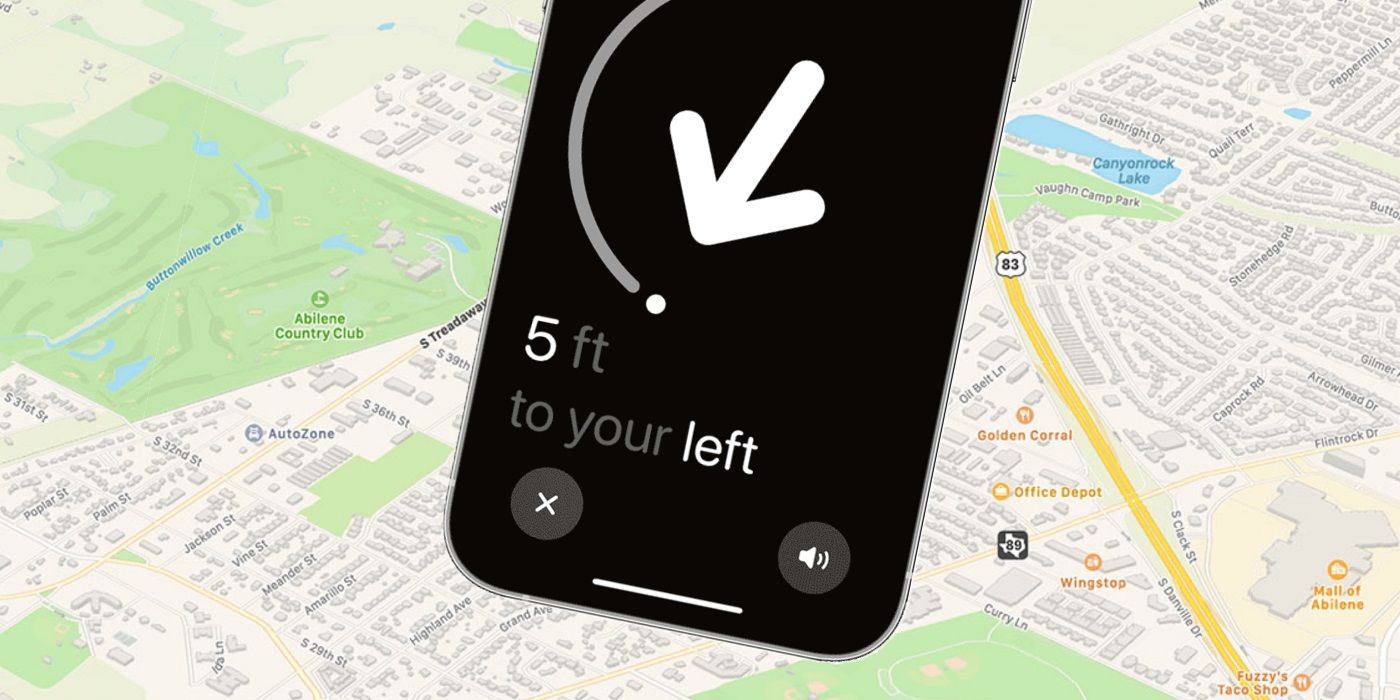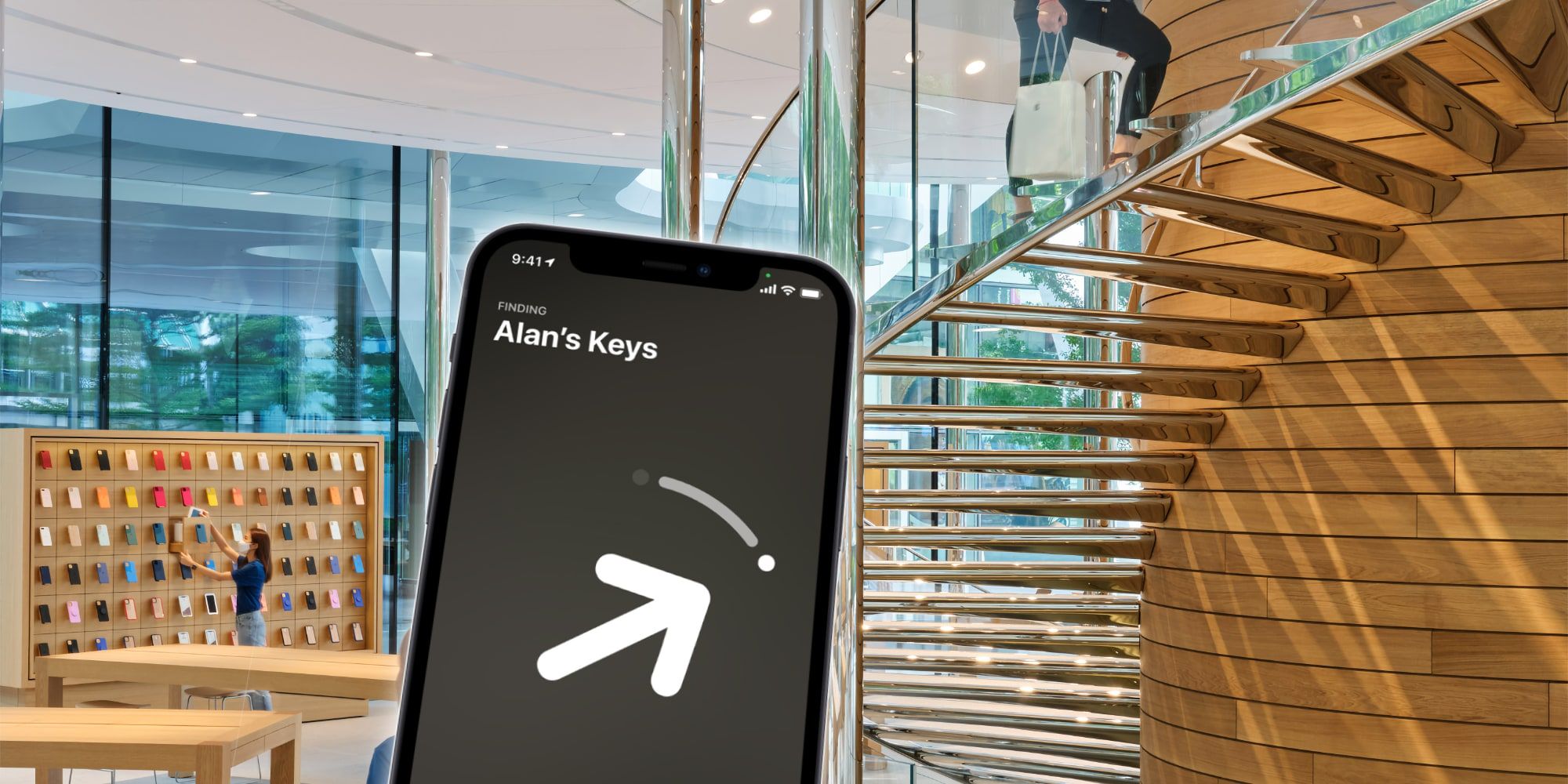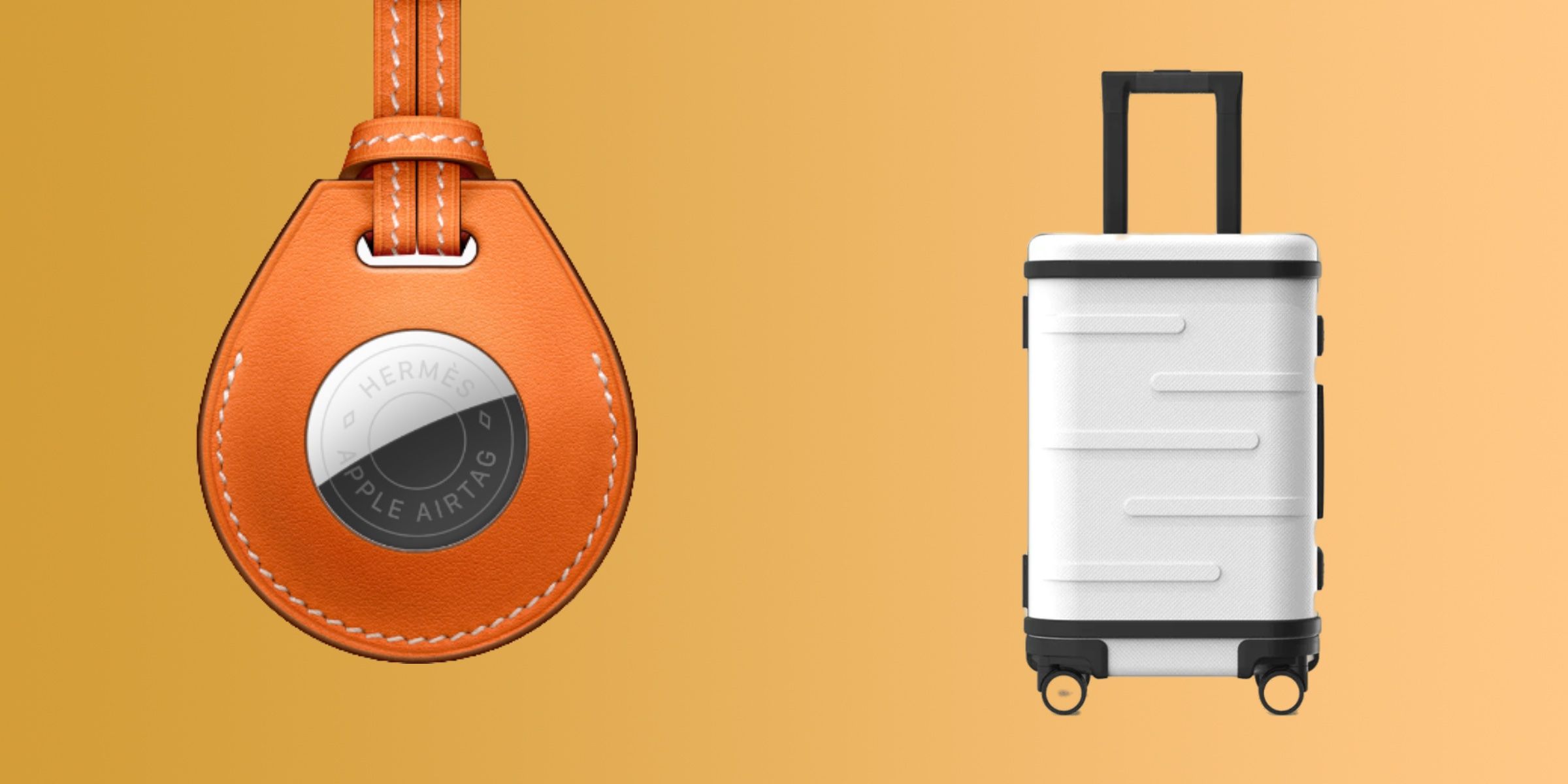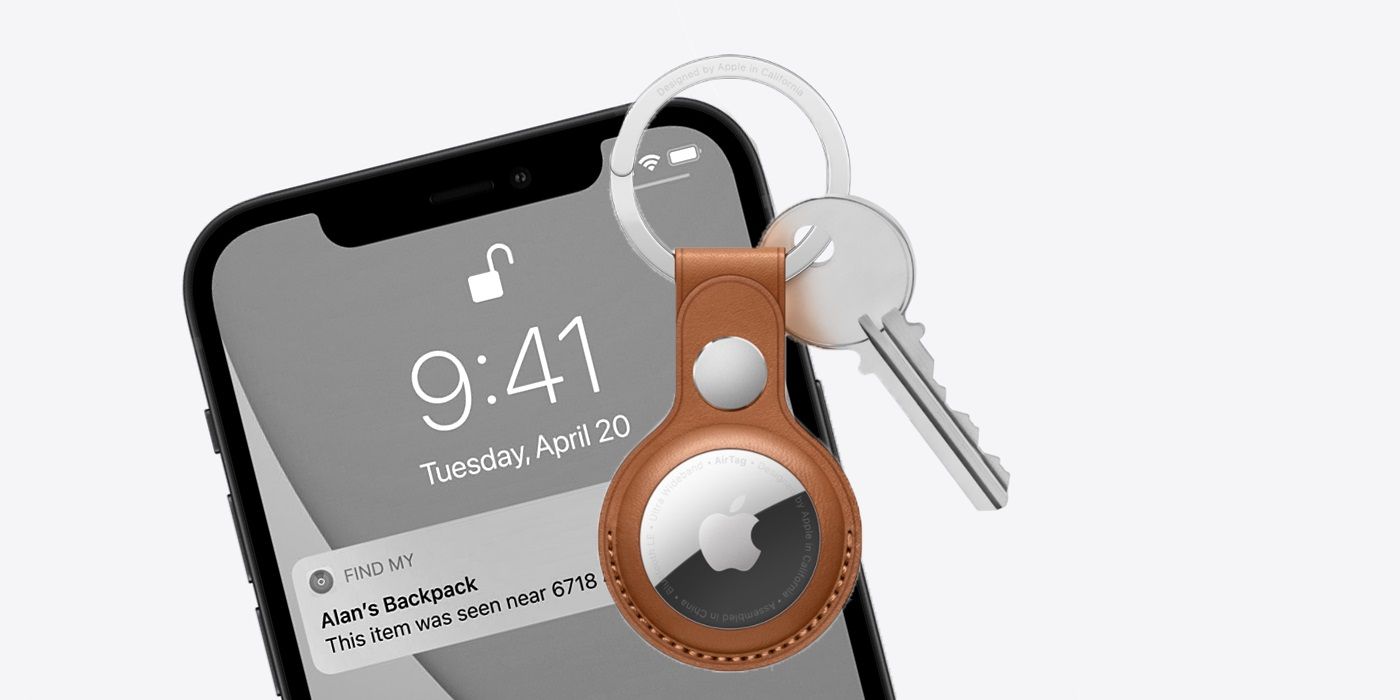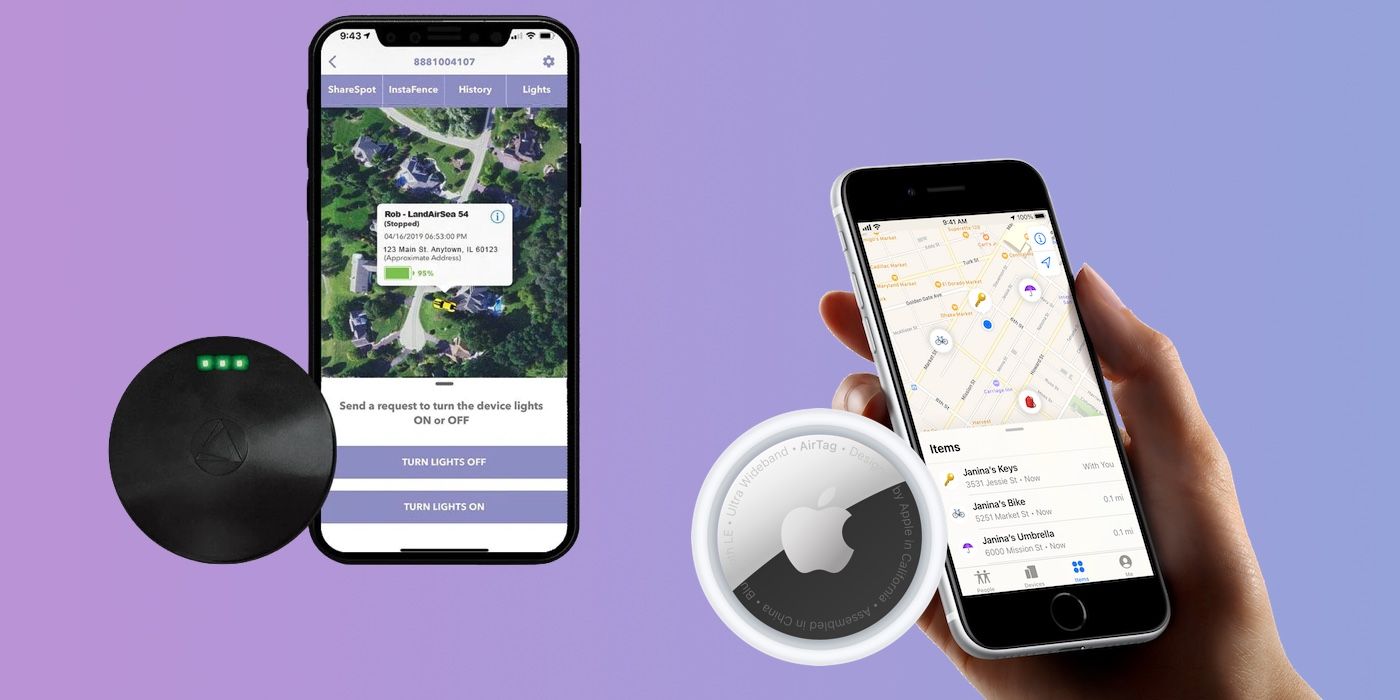AirTag is a powerful item tracker and can be used in multiple ways to find a lost item, but there are still some limitations to be aware of — with distance being one of the most important. Like most item trackers, AirTag is capable of using Bluetooth to ping its location to a nearby device. Unlike other item trackers, AirTag also supports Apple’s Precision Finding, which uses ultra-wideband to find items with even greater accuracy. Adding to both of these solutions, there’s also Find My network support, allowing the AirTag to be found with the help of other Apple devices connected to the same network.
How far an AirTag can reach depends on which of the tracking methods above is used. Apple has yet to declare the actual distance, but there are some clear indications that can help. An AirTag uses Bluetooth to connect to an iPhone during the initial setup process, and an iPhone needs to be within a range of 33 feet to connect to any Bluetooth device, according to Apple. Therefore, and regardless of the actual range of an AirTag, the operating distance is 10 meters. It is worth keeping in mind that this is also usually considered to be the maximum range, as there are additional factors that can limit the distance of a Bluetooth connection.
Find My & Ultra-Wideband Fill In Where Bluetooth Can’t
For example, Bluetooth is largely dependent on a clear line of sight, with obstacles, such as walls, potentially affecting the connection. In saying that, some users may find they can squeeze a few more feet out of the connection, depending on the item, location, and line of sight. Although Bluetooth devices can vary in terms of their distance, 33 feet is commonly associated with the Class 2 Bluetooth specification. Whether an AirTag is rated as a Class 2 device is still unclear, but it would make sense. Class 2 chips are very commonly used in mobile devices, including Bluetooth headphones. AirTag does include the newer U1 chip, but this is mainly for the ultra-wideband support.
Regardless of the class and distance, Bluetooth is not the sum of an AirTag, and both Find My and ultra-wideband are designed to help where Bluetooth can’t. For example, when outside the Bluetooth range, the Find My network can be used to find the general area of an AirTag, making it possible to initially locate a lost or missing item from great distances. Once within range, Bluetooth can take over. Then, when within a close enough distance of the device, the short-range ultra-wideband helps to ensure the exact location of an AirTag can be identified, even when Bluetooth is having issues pinpointing the item.
So, how does all of this compare to other Bluetooth trackers? Looking strictly at AirTag's Bluetooth range, it's considerably worse than some of the competition. The Tile Mate, for example, touts a Bluetooth range of 250 feet / 76 meters. The Tile Pro is even more capable, churning out a range of 400 feet / 120 meters. This is also true of Samsung's Galaxy SmartTag — which offers the same 400 feet range as the Tile Pro.
While these trackers have AirTag handily beat on the Bluetooth side of things, it's important to remember that AirTag is the only tracker that connects to the Find My network. If anyone with a modern Apple device is near a lost AirTag, that's enough to alert the AirTag owner of its exact location. Considering the hundreds of millions of Apple devices that power the Find My network, that's a pretty considerable advantage.
Can You Track An AirTag Miles Away?
An AirTag can be tracked miles away, or even in a different country, provided it is within Bluetooth range of an Apple device on the Find My network. There are close to a billion devices on the Find My network, so it's highly likely that an AirTag will come into contact with one and update its location in the Find My app. While users won't see the location updated in real time, they'll have a general idea of the AirTag's location.
However, this is unlikely to be the case in a remote location, such as in the wilderness or an unpopulated area. If the AirTag is out of reach of the Find My network, only it's last known location will be shown in the Find My app. If it happens to connect to an Apple device later, this location will be updated. Since there's no real limit to the distance an AirTag can be tracked, it's quite common for users to put it in their luggage. This allows them to locate their bags in the event they are lost.
How To Find A Missing Item With AirTag
To find an AirTag that's nearby, open the Find My app and tap 'Items.' Select the AirTag and tap 'Find Nearby.' Follow the onscreen instructions and move around the area until the iPhone connects to the AirTag. The iPhone will now show the distance and directions to the AirTag. Once the iPhone comes within Bluetooth range of the AirTag, users can tap 'Play Sound' to play a sound on their AirTag which will make it easier to locate smaller items like keys.
While this method is useful when it comes to finding items that are nearby, users can also locate an AirTag that's at a much further distance, provided that it's within range of the Find My network. This is particularly useful for locating a suitcase that's been misplaced by an airline, or a wallet that's been left behind at a restaurant. Provided a device on the Find My network recently detected the AirTag, users will be able to open the Find My app and see the location and a timestamp. In case an AirTag isn't within range of a Find My device, users will see its last-known location. They can tap the 'Notify Me' button in the Find My app to receive an alert when the AirTag is detected again.
Should You Use An AirTag Or GPS Tracker?
Users might wonder whether an AirTag can be used in place of a GPS tracker, but there are a few key differences between the two. Unlike an AirTag, a GPS tracker uses an inbuilt receiver to communicate directly with satellites, enabling it to find an object or person anywhere in the world. As a result, GPS trackers can provide live, precise updates of an object's location through a connected app. However, they are more expensive than AirTags. They also require a SIM card in order to transmit real-time location to the user over a cellular network, usually via an app. This means that most GPS trackers will need an additional monthly subscription over and above the cost of the tracker itself.
AirTags are ideal for tracking lost items like bags, wallets, and keys. However, GPS trackers are the better choice when something needs to be tracked in real-time. They provide a much more reliable way to keep a tab on small children and pets, especially in situations where having access to their pinpointed location can be crucial. GPS trackers are also ideal to track objects that may travel long distances, such as cars. A GPS tracker clearly offers more distance and range than an AirTag, but in the end, choosing between the two comes down to the use case.
Source: Apple

